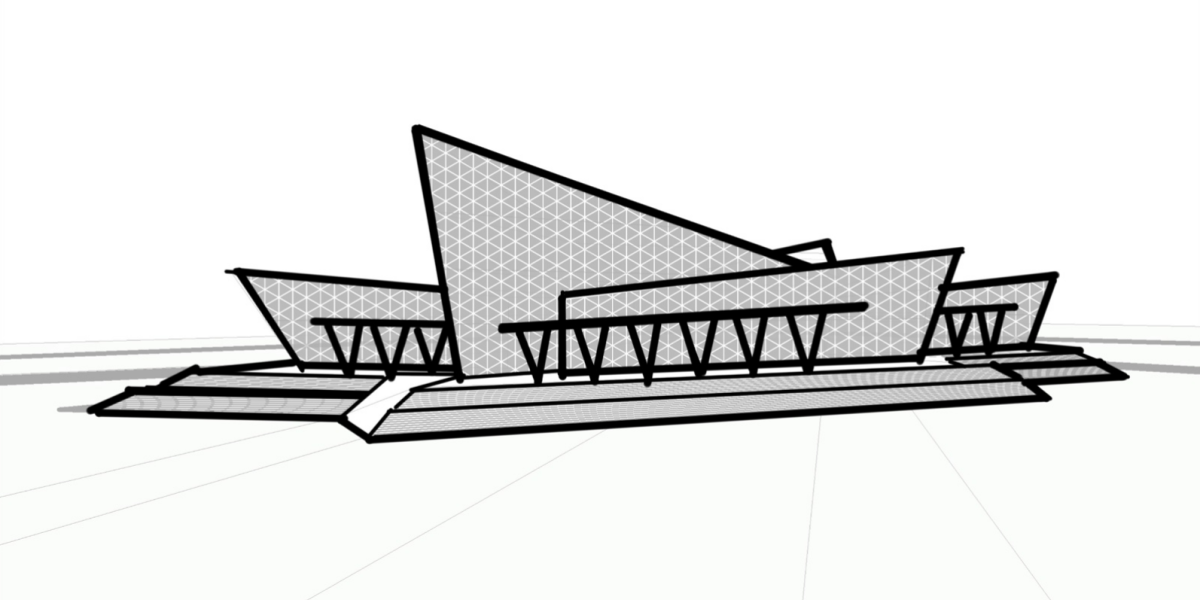In the world of construction, safety is paramount. Identifying and mitigating hazards is a critical aspect of ensuring the well-being of workers and the success of a project. One effective approach is the implementation of parent/child linked controls. In this article, we will explore the process of hazard identification, understand the concept of parent/child linked controls, and delve into the intricacies of many-to-many relationships. Join us on this journey to discover how construction projects can maximize safety through comprehensive hazard management.
Table of Contents
- Understanding Hazard Identification
- Example of Safety Hazard
- The Hierarchy of Controls
- Introduction to Parent/Child Linked Controls
- Process of Linking Hazards to Controls
- Many-to-Many Relationships in Hazard Control
- Construction Safety Hazard Example
- Parent/Child Linked Controls
- Many-to-Many Relationships
- Conclusion
Understanding Hazard Identification
Safety hazards are defined as potential sources of harm or danger that can lead to injury, illness, or damage to property. Hazard identification involves systematically examining various aspects of a construction project to identify and assess potential safety hazards. By recognizing these hazards, project teams can implement effective controls to mitigate risks and create a safer work environment.
Example of Safety Hazard
Working at heights without adequate fall protection is a safety hazard on construction sites. This risk could lead to severe injuries or even death. Spotting this hazard means identifying situations where workers operate at elevated levels, like on scaffolds or rooftops. From there, we can assess the potential for falls. By pinpointing this hazard, we can put in place suitable controls. These could include guardrails, safety harnesses, and training programs. All of these measures aim to prevent accidents and safeguard workers.
The Hierarchy of Controls
The hierarchy of controls provides a structured framework for selecting and implementing hazard controls. It ranks controls based on their effectiveness in reducing or eliminating hazards. The five levels of the hierarchy include elimination, substitution, engineering controls, administrative controls, and personal protective equipment (PPE). Each level represents a different approach to hazard control, with the aim of minimizing risks at their source. Understanding the hierarchy of controls helps construction professionals prioritize the most effective controls for managing safety hazards.
Introduction to Parent/Child Linked Controls
Parent/child linked controls take hazard control to a more granular level. In this approach, a parent control is established to manage a higher-level hazard, while multiple child controls are implemented to address specific aspects or sub-hazards associated with the parent control. This linkage allows for a comprehensive and targeted management of hazards. By implementing parent/child linked controls, construction projects can systematically address a range of safety risks and enhance overall safety outcomes.
Process of Linking Hazards to Controls
The process of linking hazards to controls begins with a thorough hazard identification process. This involves conducting site inspections, analyzing design documents, consulting with subject matter experts, and reviewing historical incident data. Once hazards are identified, a parent control is selected to manage the higher-level hazard, corresponding to one of the levels in the hierarchy of controls. Subsequently, child controls are developed to address specific sub-hazards associated with the parent control. These child controls are tailored to the unique characteristics of the hazards they aim to mitigate.
Many-to-Many Relationships in Hazard Control
Hazard control heavily relies on many-to-many relationships. In construction, hazards often overlap and interact, demanding linked controls. For instance, a single control addressing height-related hazards may connect to multiple primary controls. These can include scaffolding safety, fall protection strategies, and worker education initiatives. On the flip side, a primary control managing hazardous material risks may link to several secondary controls. These encompass correct storage, handling protocols, and worker awareness schemes. By adopting many-to-many relationships, construction projects can guarantee a comprehensive and varied approach to hazard management.
Hazard identification and control implementation are vital components of construction safety. By understanding the process of hazard identification, the hierarchy of controls, and the concept of parent/child linked controls with many-to-many relationships, construction projects can effectively manage safety hazards and minimize risks. Safety hazards are defined as potential sources of harm or danger that can lead to injury, illness, or damage to property. Through hazard identification, construction professionals can recognize and assess these hazards to implement appropriate controls.
Construction Safety Hazard Example
One example of a safety hazard in construction is the presence of hazardous materials, such as asbestos. Asbestos can pose serious health risks when disturbed, leading to respiratory problems and even cancer. Hazard identification involves identifying areas where asbestos-containing materials may be present, such as older buildings or structures. By recognizing this hazard, proper controls can be implemented, including conducting asbestos surveys, implementing safe removal procedures, and providing workers with appropriate personal protective equipment.
Implementing the hierarchy of controls is essential in managing safety hazards effectively. The hierarchy prioritizes control measures based on their effectiveness in eliminating or reducing hazards. The first level, elimination, aims to remove the hazard entirely, such as by substituting a hazardous material with a safer alternative. Subsequent levels include substitution, engineering controls, administrative controls, and the use of personal protective equipment. By following the hierarchy, construction projects can systematically select and implement controls that offer the greatest level of protection.
Parent/Child Linked Controls
Linked parent/child controls enhance hazard management by addressing risks comprehensively and specifically. A parent control tackles a high-level hazard, while child controls manage associated sub-hazards. This method enables detailed, interconnected risk management. For example, a parent control for electrical shock risks might involve engineering controls like ground fault circuit interrupters (GFCIs) and insulation systems. Simultaneously, child controls could encompass safe electrical installation procedures and regular equipment upkeep.
The process of linking hazards to controls is systematic. Initially, we identify hazards through inspections, assessments, and consultations. Next, we select suitable parent controls, considering the control hierarchy and hazard nature. Then, we develop child controls to manage specific sub-hazards linked to the parent control. This procedure demands a profound understanding of the construction project, potential risks, and available control options.
Many-to-Many Relationships
Many-to-many relationships play a crucial role in hazard control. In construction, hazards often intersect and interact with each other, requiring interconnected controls. For example, a child control addressing the hazard of working at heights may be linked to multiple parent controls, such as scaffolding safety, fall protection measures, and worker training programs. Conversely, a parent control addressing the hazard of hazardous materials may have multiple child controls, including proper storage, handling procedures, and worker awareness programs. By embracing many-to-many relationships, construction projects can ensure that hazards are addressed comprehensively and from various perspectives.
Conclusion
In conclusion, hazard identification and control implementation are vital for ensuring safety in construction projects. Understanding the process of hazard identification, the hierarchy of controls, and the concept of parent/child linked controls with many-to-many relationships enables construction professionals to effectively manage safety hazards. By proactively identifying hazards, selecting appropriate controls, and establishing interconnected relationships between controls, construction projects can create safer work environments and protect the well-being of workers.







